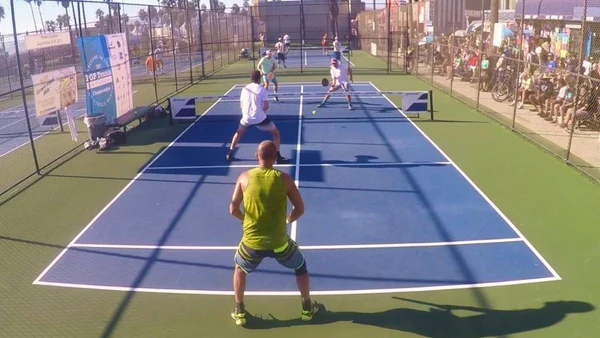

Building Padel Courts in China A Cost Overview
Padel, a racquet sport that has been growing in popularity around the world, is making its way into China. The combination of tennis and squash elements, played on a smaller enclosed court, makes it an attractive option for many. As the demand for padel courts increases, potential investors and sports enthusiasts are keen to understand the costs associated with building a padel court in China. This article will provide an overview of the factors influencing the price of constructing a padel court.
Understanding Padel Court Construction
Padel courts are typically enclosed with glass walls and surrounded by a metal or concrete structure. The dimensions of a standard padel court are approximately 20 meters long and 10 meters wide, which makes it smaller than a traditional tennis court. This compact size allows for more flexibility in urban environments, making it an appealing choice for cities across China.
Key Factors Influencing Costs
1. Location The cost of constructing a padel court varies significantly based on location. Urban areas with high real estate prices will generally have higher construction costs. Padel courts in cities like Shanghai or Beijing may incur premium prices due to the cost of land and labor, compared to smaller cities or rural areas.
2. Materials The choice of materials affects the overall cost. High-quality glass walls, flooring, and lighting systems can elevate the price. For example, tempered glass is often used for its durability and aesthetic appeal. Meanwhile, the flooring can range from synthetic surfaces to grass, each carrying different price points.

3. Design and Features Custom designs and additional features, such as spectator seating, landscaping, and amenities like dining areas or locker rooms, can significantly add to the cost of court construction. Simple designs will be more cost-effective, while elaborate facilities can increase expenditure substantially.
4. Labor Costs Labor costs in China can vary widely by region. While certain areas might offer lower labor costs, high-quality skilled workers may demand higher wages due to the specialized nature of the construction. Additionally, companies with a proven track record in sports facility construction may charge a premium for their services.
5. Permits and Regulations Before construction can begin, various permits and licenses must be acquired, which can be a lengthy process depending on local regulations. The costs associated with permits can also affect the overall budget.
Estimated Costs
Building a standard padel court in China can start at around RMB 200,000 to RMB 400,000 (approximately USD 30,000 to USD 60,000). This estimate typically covers basic construction and materials. However, as additional amenities and customizations are added, costs can rise significantly, ranging from RMB 500,000 to RMB 1,000,000 (USD 75,000 to USD 150,000) or more.
Conclusion
As the popularity of padel continues to rise within China, understanding the costs associated with building a padel court is crucial for investors and sports facility developers. A variety of factors—including location, materials, design, labor, and regulations—play critical roles in determining the total cost. For those interested in this exciting sport, investing in a padel court can be a lucrative opportunity, provided they conduct thorough research and planning to ensure their project aligns with budget expectations. With the right approach, building a padel court can contribute to the expanding landscape of recreational sports in China, fostering a community around this dynamic and engaging game.
High-Performance Industrial Flooring Solutions China Paddle Tennis Court for Sale
High-Performance Industrial Flooring Solutions Durable & Cost-Effective
Homogeneous Transparent Floor – Durable & Stylish Rubber Floor Solutions
Premium Homogeneous Transparent Floor for Durable & Stylish Spaces Rubber Floor Solutions
Premium Sports Floor Solutions Durable PVC Sports Floor & Rubber Floor for Gyms
Durable Rubber Composite Floor Premium Rubber Floor & Mats Solutions